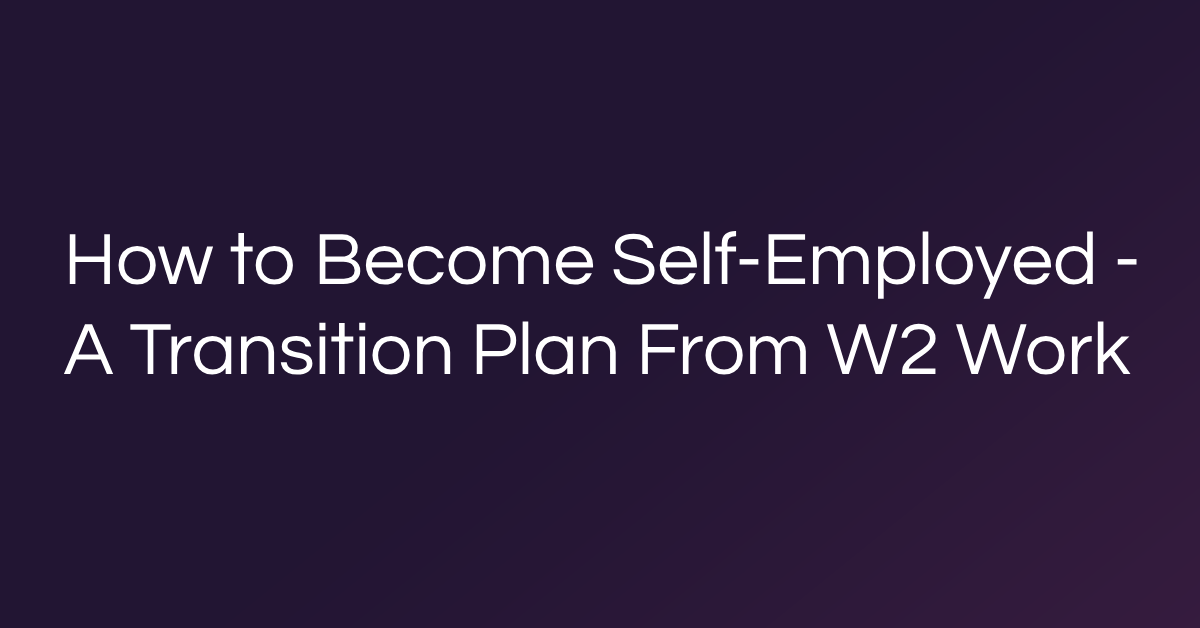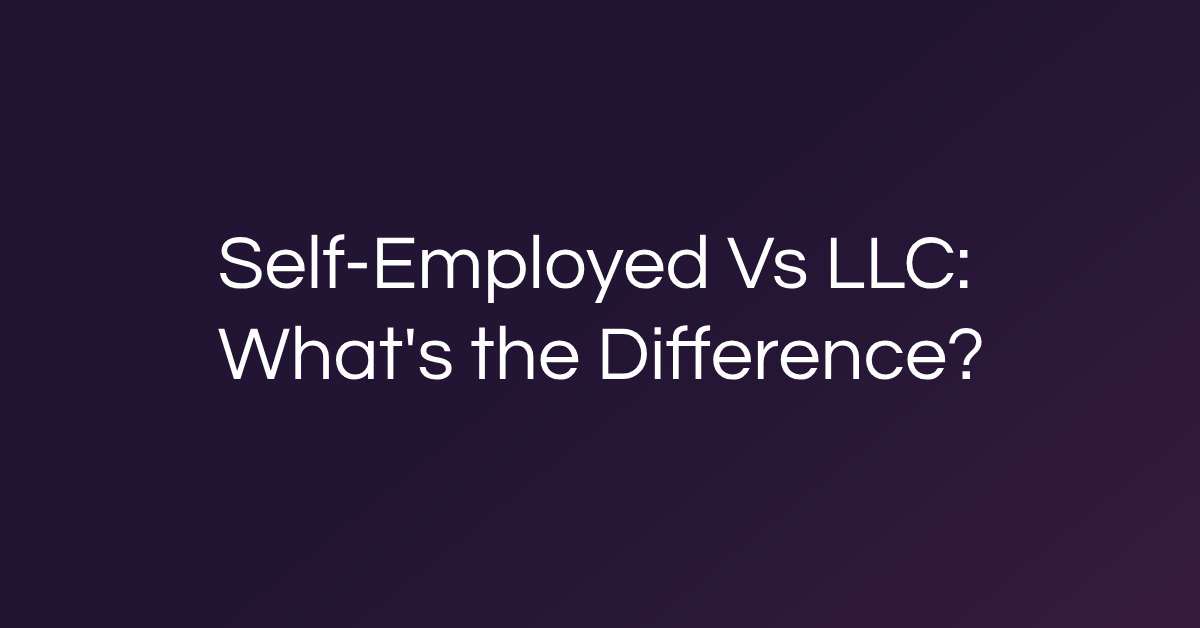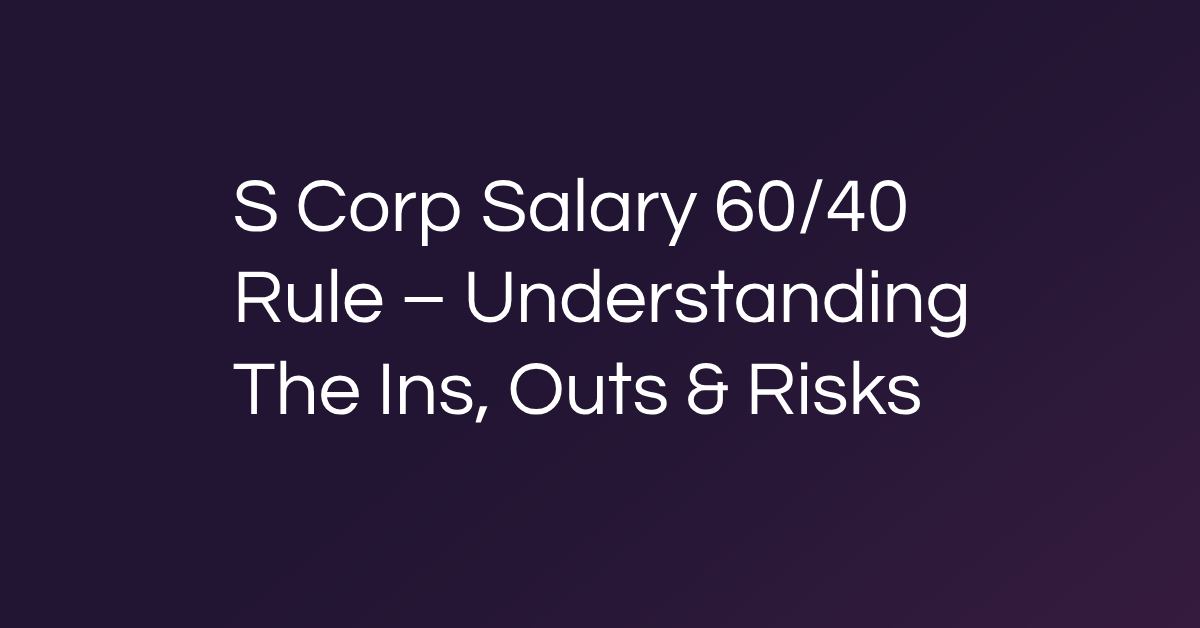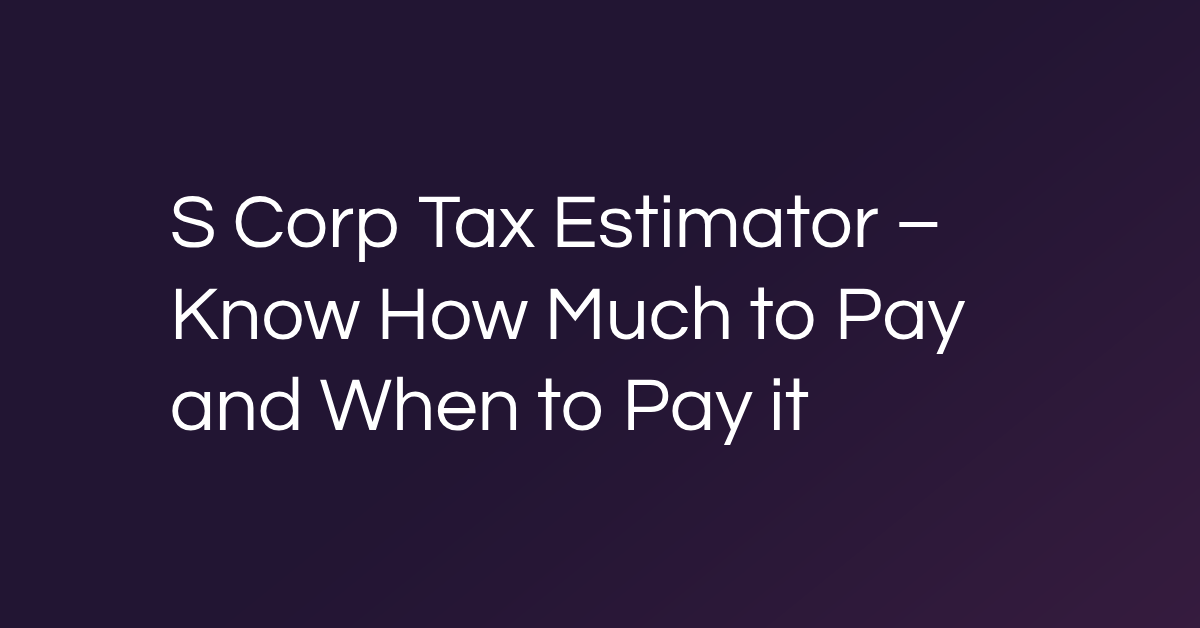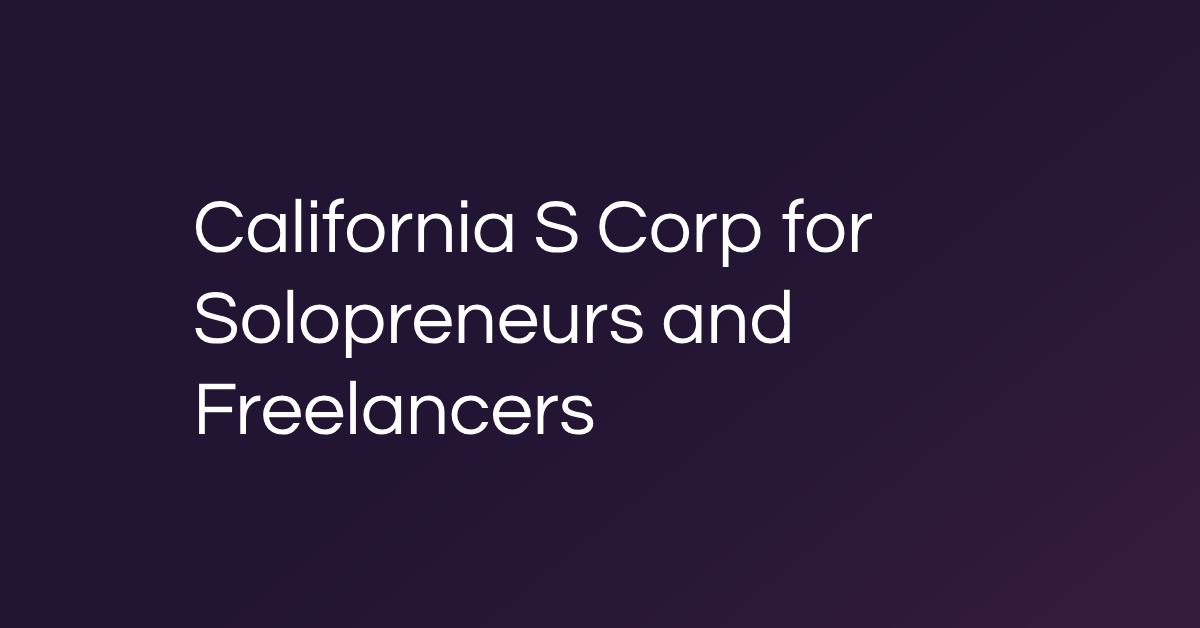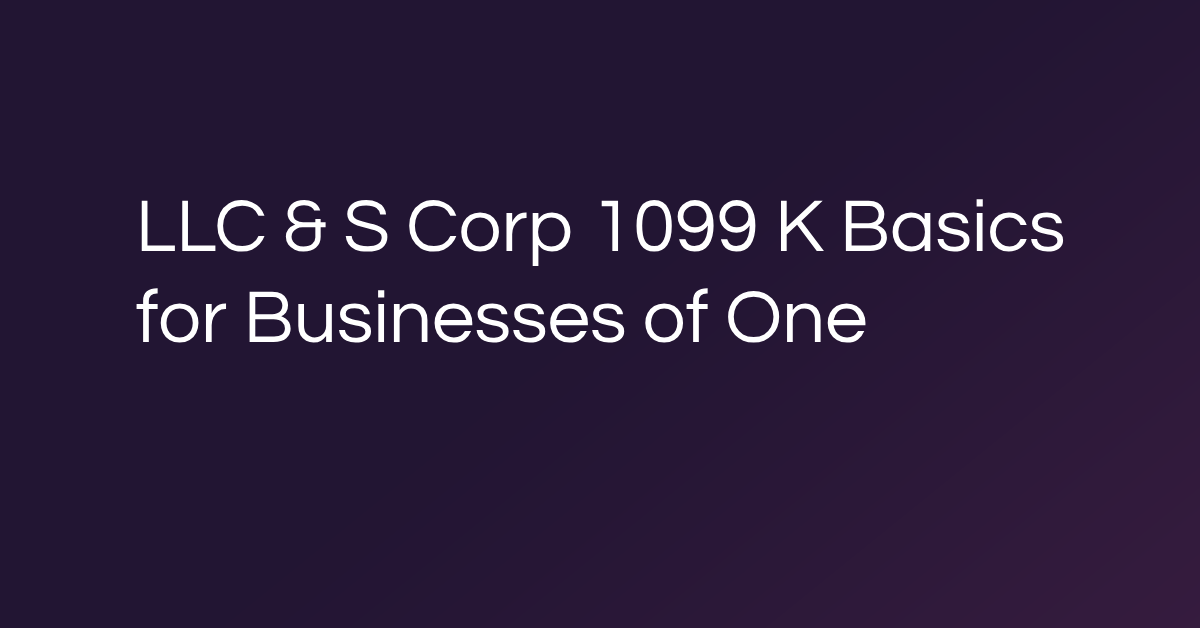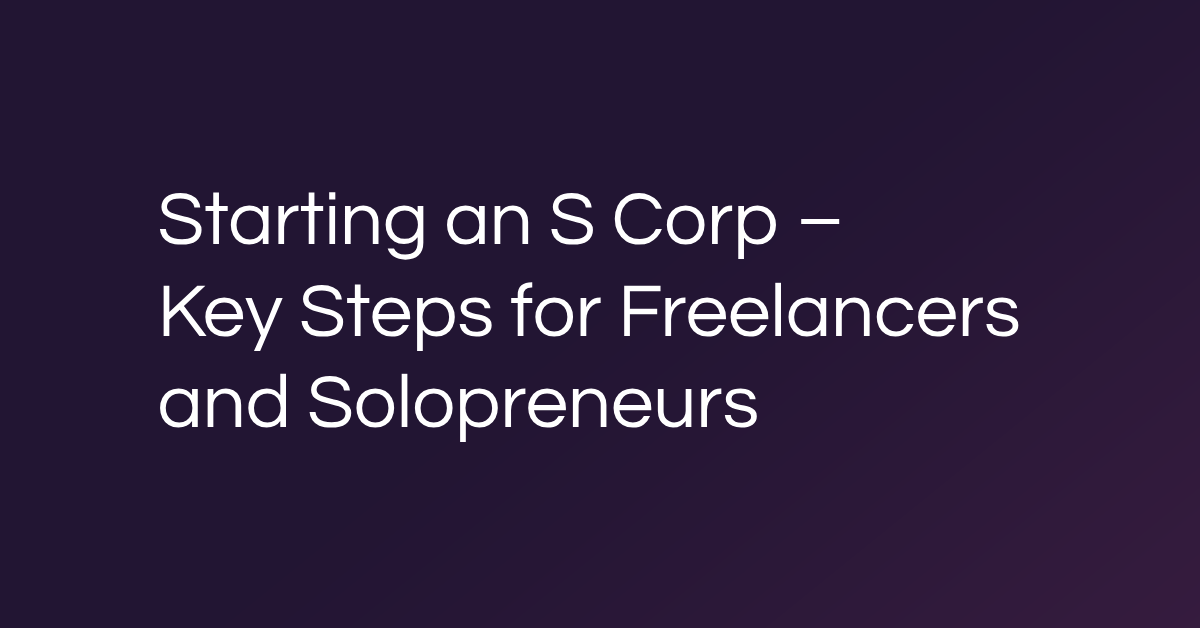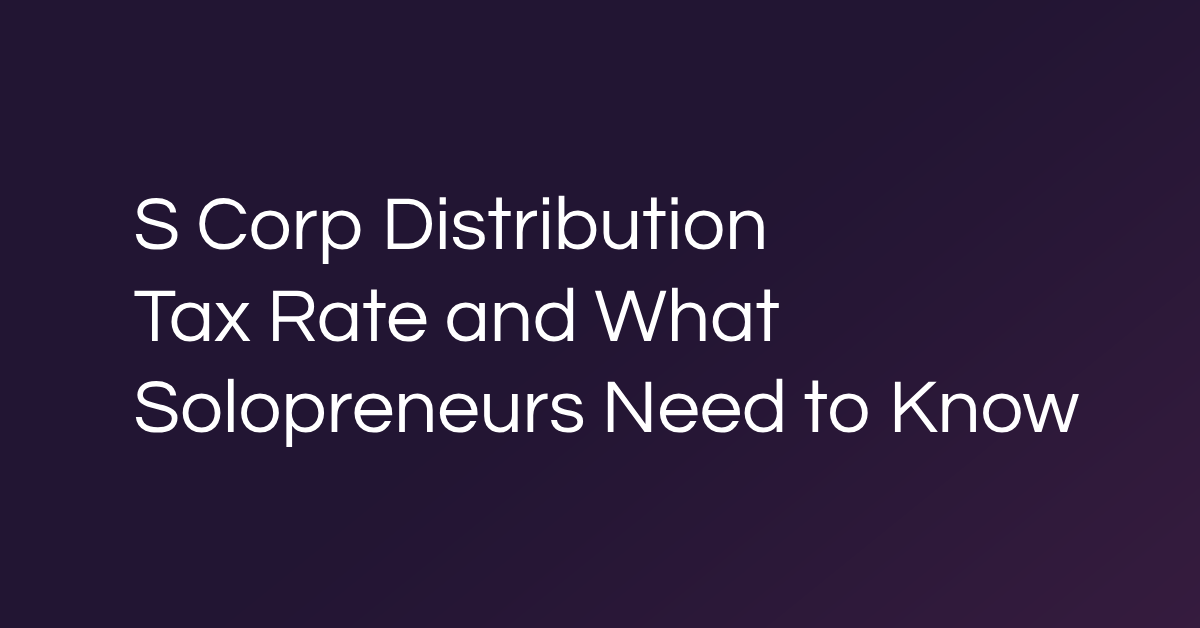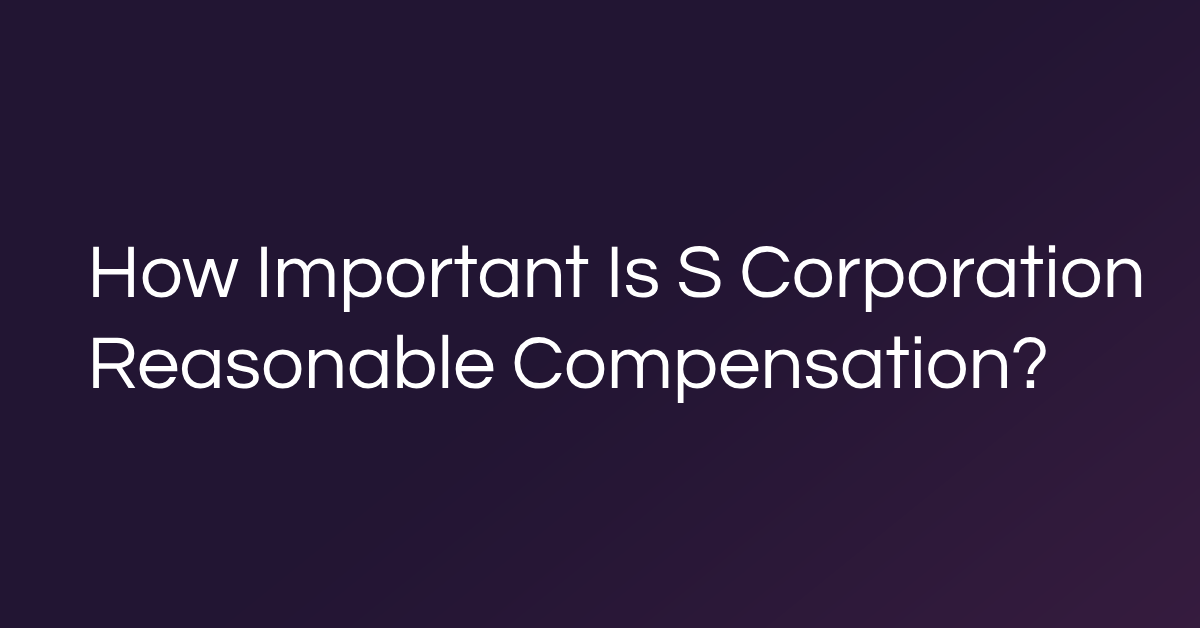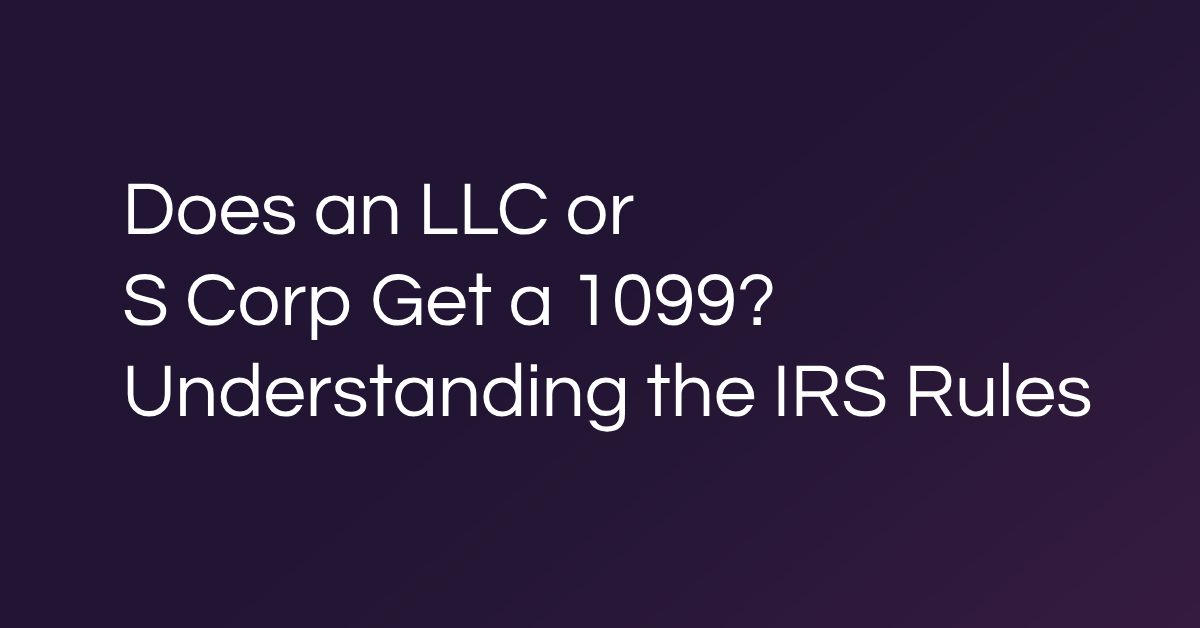If you’re craving more flexibility, ownership, and meaning in your work, you’re not alone. Thousands of professionals are exploring how to become self-employed, looking beyond the 9–5 in search of a career that puts them in control. However, leaving the stability of a W-2 job can feel daunting without a plan.
The good news? Self-employment doesn’t have to be risky or overwhelming. With the right systems, strategy, and support, you can take the leap with confidence.
Prepare your mindset for self-employment
Shifting from employee to entrepreneur involves rewiring your thinking. You’re shifting from a role with structure and oversight to one where you call the shots. That change requires clarity, resilience, and a new way of operating day to day.
1. Know your “why”—what’s driving your transition
Before you start filing paperwork or networking for leads, get clear on your purpose. Are you seeking more flexibility? Do you want to build a business aligned with your values? The more defined your “why,” the easier it is to stay focused when things get uncertain.
2. Embrace risk tolerance and self-direction
Working for yourself means accepting more risk, but it also gives you more reward. You won’t have a boss to set your deadlines or a team to keep you on track. That’s why developing a bias toward action and building trust in your decision-making is part of the job.
3. Start building a support system
Solopreneurs don’t succeed alone. The earlier you build your bench, the faster you’ll grow with less stress:
- Mentors who’ve made the leap before you
- Peer communities that understand the highs and lows of solo work
- Advisors like accountants, legal experts, or fractional CFOs
Understand the tax and income shift
When you leave a W-2 role, your financial structure changes. You become the employer and employee. You’re responsible for taxes, benefits, and how your income flows. It’s not hard, but it does require new habits and tools.
1. Get familiar with quarterly taxes and 1099 status
Self-employed individuals don’t have taxes withheld from each paycheck. Instead, you’ll likely file as a 1099 worker and pay estimated taxes every quarter.
- Set aside 25–30% of your income for taxes
- File IRS Form 1040-ES four times per year
- Track business expenses to reduce your tax burden
2. Learn about S Corp election and potential tax savings
Once your income reaches a certain level, electing S corporation status can reduce self-employment tax. You pay yourself a salary and take the rest as distributions, which are not subject to the 15.3% self-employment tax.
3. Open a business bank account and start separating finances
Mixing personal and business expenses creates confusion and risk. Opening a dedicated business account from day one helps you:
- Track income and expenses clearly
- Simplify bookkeeping and tax filing
- Protect your personal finances in case of audit
Set up your solo business structure
You don’t need to be “ready” to take every client under the sun, but you do need a legal foundation. Establishing your business entity sets the tone for how seriously you treat your work—and how others will too.
1. Register your business (LLC, S Corp, etc.)
Choose a structure that aligns with your goals and risk tolerance. Many solos start with an LLC for liability protection, then elect S Corp status for tax advantages once income grows, gets more consistant and they are looking to commit further to the solopreneurial lifestyle.
2. Get an EIN and business license if needed
Most self-employed professionals need an Employer Identification Number (EIN) to open a bank account, hire contractors, or file taxes. Depending on your city or state, you may also need a business license to operate legally. You can apply for an EIN online in minutes.
3. Explore how Besolo can help streamline back-office setup
From forming your entity to handling payroll, Besolo offers the structure solos need without the complexity. Our Self-Employment OS brings your admin tools together so you can get set up fast and stay focused on earning.
Build your runway and early client pipeline
You don’t have to quit your job tomorrow. A smart transition gives you financial breathing room and a head start on building demand for your services.
1. Save 3–6 months of runway or build your side hustle first
Cash flow is the #1 stressor for new solos. Reduce the pressure by preparing:
- A savings buffer of 3–6 months of expenses
- A part-time freelance income stream you can scale
- A plan for covering health insurance and essentials
2. Tap your existing network for potential leads
Don’t start from scratch. People who already know and trust you can be your best early clients or referrers. Let them know what services you’re offering and who you’re looking to help.
3. Find solo-friendly work on fractional talent platforms
Get visible in places built for solos. Go Fractional and Fractional Jobs connect high-performing professionals with companies looking for part-time or project-based help without the full-time commitment.
Use the right tools to stay organized and compliant
Success as a solopreneur doesn’t just come from talent—it comes from systems. When you’re wearing every hat in your business, the right tools help you stay compliant, save time, and grow with intention.
1. Set up your tech stack
Build a streamlined system that covers the essentials:
- Invoicing software to send professional bills and track payments
- E-signature tools for contracts and service agreements
- Project management tools to stay on top of client work
- Time tracking to monitor billable hours and productivity
2. Use Besolo to centralize benefits, payroll, compliance, and more
Besolo brings the essentials of business management into one platform—no more juggling apps or spreadsheets. With one dashboard, you can run payroll, track expenses, access benefits, and manage tax compliance like a pro.
Besolo’s admin tools help freelancers automate recurring tasks and stay audit-ready.
3. Bookmark resources under our freelancer tools pillar for long-term support
Whether you need help with onboarding a new client or choosing health insurance, Besolo offers tactical support tailored to solopreneurs.
Explore insights, tips, and tools anytime on the Besolo blog—your ongoing resource for sustainable solo success.
Structure turns self-employment into strength
Making the move from W-2 work to self-employment is a career shift and a mindset shift. With smart systems, the right tools, and a solid plan, your path forward becomes clearer and more achievable.
Besolo helps high-performing professionals build a lasting business foundation, from tax strategy to payroll, benefits, and back-office support. You don’t have to go it alone.
Need some guidance?
Take the first step toward independence and talk to a Besolo expert about how we can help you support your business of one.

